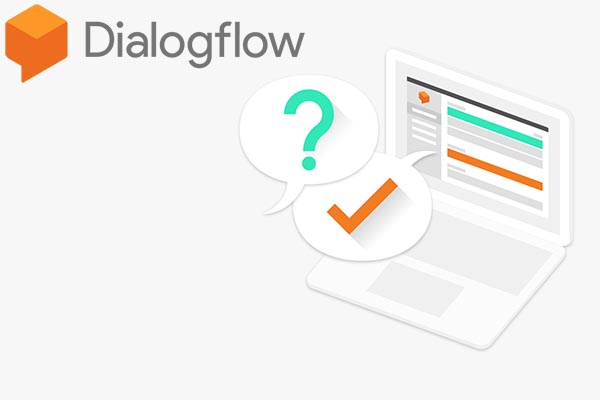API.ai Changes Name to Dialogflow, Adds Support for 15 Languages

API.ai hit news headlines in a big way just one year ago when it was acquired by Google. The acquisition was a clear statement by Google about a commitment to bot development and in particular its intent to support a voice app developer ecosystem. Last week the company rebranded API.ai to Dialogflow. Google provides an SDK specifically for building Actions for Google Assistant that deliver voice apps. However, you can also do that entirely through Dialogflow which supports development for bot and voice platforms beyond Google.
The goal of API.ai — and now of Dialogflow — is to enable conversational apps that work across voice and bot platforms and across devices in multiple languages. It also applies machine learning to improve natural language understanding of a users’ intents. Despite being owned by Google, the platform supports Amazon Alexa, Facebook Messenger and other platforms that directly or indirectly compete with other Google properties.
Google Dialogflow Now Supports 15 Root Languages
The company also announced support for 15 root languages and an in-line code editor. In the past, developers would need to publish a new agent for each language supported. Developers can now use one agent and replicate it for multiple languages.
This feature lets you support multiple root languages and locales within the same agent, allowing you to specify different User Says phrases and Responses for each language your agent supports.
In other words, the backend code for the intent model and fulfillment logic remain the same and you can have different language-specific interactions at the user interface layer. This is down in the weeds a bit, but could potentially be an important advancement enabling developers to more easily support Google Assistant apps and bots in multiple languages without the messiness of maintaining separate code bases by language. Where this really will come into play is the number of third party voice apps available to consumers as new languages are added to Google Assistant support. It can take some time for a local developer ecosystem to grow and provide a rich voice app ecosystem for consumers. If Google can make it easier for some existing English-language apps to become available in other languages, it could lead to more rapid population of voice apps in regional stores (i.e. skill stores in Alexa parlance). Root languages supported now include:
- Brazilian Portuguese
- Chinese (Cantonese)
- Chinese (Simplified)
- Chinese (Traditional)
- English (Australian Locale)
- English (Canadian Locale)
- English (UK Locale)
- English (US Locale)
- Dutch
- French (Canadian Locale)
- French (French Locale)
- German
- Italian
- Japanese
- Korean
- Portuguese
- Russian
- Spanish
- Ukrainian








